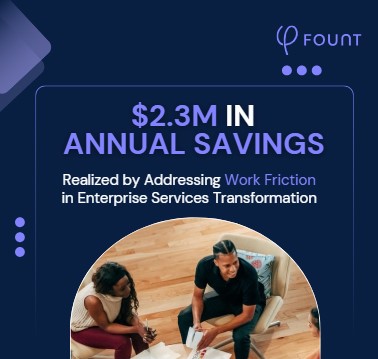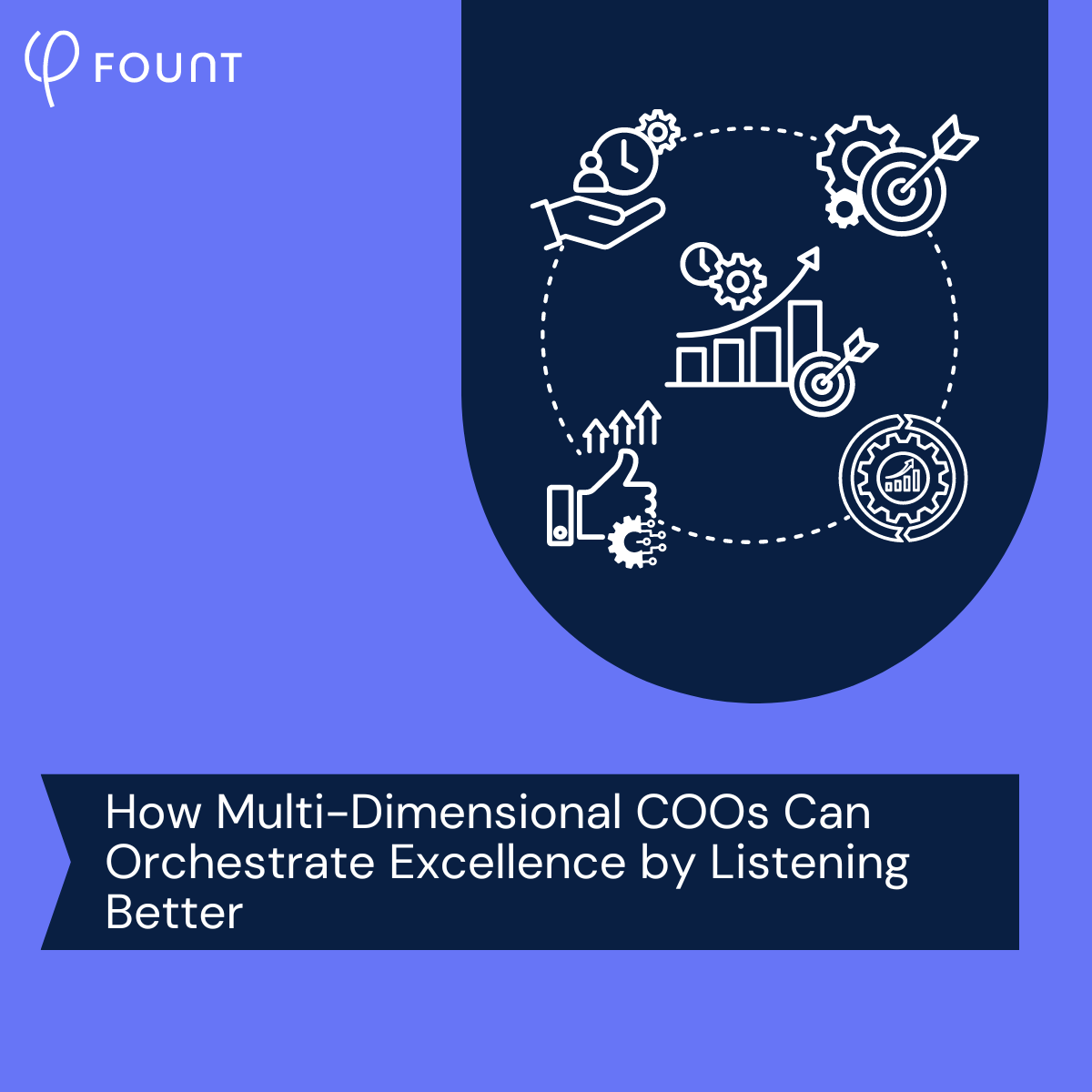INTERVIEW: The top five trends to watch in the future of work
A summary of the details of the article will go here.
This interview with Christophe Martel originally appeared in Authority magazine.
There have been major disruptions in recent years that promise to change the very nature of work. From the ongoing shifts caused by the COVID19 pandemic, the impacts caused by automation, and other possible disruptions to the status quo, many wonder what the future holds in terms of employment. For example, a report by the McKinsey Global Institute estimated that automation will eliminate 73 million jobs by 2030.
To address this open question, we reached out to successful leaders in business, government, and labor, as well as thought leaders about the future of work to glean their insights and predictions on the future of work and the workplace.
As a part of this interview series called “Preparing For The Future Of Work”, we had the pleasure to interview Christophe Martel. Christophe is co-founder and CEO of FOUNT Global, Inc., a SaaS company that helps global organizations reduce work friction and improve employee experiences. FOUNT helps companies identify what’s at the root cause of employee dissatisfaction and prioritize what to fix in their environment. Previously, Christophe was CHRO of CEB, a global research and advisory company acquired by Gartner in 2017.
What do you expect to be the major disruptions for employers in the next 10–15 years? How should employers pivot to adapt to these disruptions?
Employers can expect the labor market to become even more fluid over the next 10–15 years, as any individual’s choices of where to work continue to increase in variety and volume, across industries. Employees will gain even more visibility into what work is really like inside different companies, which will lead to more informed decisions, mirroring how they become ever better informed about the real-life performance of the products or services they buy as consumers. Individuals gaining this new level of transparency and agency will challenge employers to adopt new ways of attracting, motivating and retaining employees as they compete for talent with other organizations. This is how an experienced economy arises in the new world of work.
Companies will need to look beyond building an attractive employee value proposition (EVP) as that is no longer enough. Organizations must follow through and deliver on the promises they make through their EVP. Data shows they are not doing this today, which accounts for a doubling of voluntary attrition rates over the past decade.
The other disruption that shows no sign of slowing is the fact that work itself will continue to rise in complexity as processes, policies, regulations, organizational structures and tools become more complex. Advances in AI and machine learning will undoubtedly streamline many ‘expert’ processes. They present an amazing opportunity to reduce friction and complexity in frontline workflows to free-up workers’ energy and capacity for ever more valuable customer or patient interactions where experience is paramount. As such, customer-facing workers will be more valued than ever for the quality of human interactions they are able to create, in stark contrast with automated alternatives.
Conversely, organizations that are unable to tame complexity and work friction for their people, leaving them unable to perform at their best, will be subjected to a double penalty:
- On productivity: Gartner estimates that employees waste as much as 2 hours per day “hacking work” to avoid friction they face while completing routine tasks. To put this into perspective, that equates to 3.1 million wasted hours per year at a typical 10k+ organization.
- On talent retention and attraction: Individual tolerance for work friction and ‘wasting my time’ is declining with every generation and companies will be unable to stop employees from seeking and finding opportunities elsewhere when their expectations are unmet. The ‘great resignation’ has shown us the economic impact of such a challenge.
There is however an untapped opportunity for companies to address the challenge of rising complexity and ever-increasing work friction: New analytic tools and friction reduction methodologies can show what it looks like when employers reduce complexity for employees, follow through on their promises and create frictionless work environments. This new work friction data lives at the intersection of employees’ perspectives about what gets in their way, uncovers where the most critical hot spots are occurring, and offers a clear path to resolution. In the coming decade, the most successful companies will be those that make friction management a strategic part of their business.
The choice as to whether or not a young person should pursue a college degree was once a “no-brainer”. But with the existence of many high-profile millionaires (and billionaires) who did not earn degrees, as well as the fact that many graduates are saddled with crushing student loan debt and unable to find jobs it has become a much more complex question. What advice would you give to young adults considering whether or not to go to college?
Maya Angelou had many powerful quotes, and one of my favorites is “Making a living is not the same thing as making a life.” Careers are moving from a traditional linear, upward path toward a “lattice” or “spiral” progression model based on a constantly enriched set of skills and the discovery of one’s unique abilities, preferences and personal goals through experimentation, which ultimately lead to more personal fulfillment than a conventional path.
College remains a powerful path toward a fulfilling career in many places such as academics and expert fields, but it is no longer a sine qua non. Skills are the currency of the future for individuals and the question is: ‘Is College the best way to build the skills I want and need for my next step?’. The business case for this path weakens every year with rising investments in alternative options. For young adults looking to level up their career, there now exists an abundance of skill-building resources at a fraction of the cost of traditional university programs.
Consider many technology, coding and evolving ‘prompt engineer’ roles where skills matter more than credentials and pedigrees. Or, the rise of service jobs where customer-facing acumen is at a premium while also providing opportunities for those who relate well to people and have high emotional intelligence.
Perhaps the best advice for young adults thinking about their future is to first understand their natural strengths as well as areas of curiosity and identify ways to build on those through whatever traditional and non-traditional paths make sense for them. Then, look for career opportunities that enable those strengths to shine, will be self-motivating and offer a path to evolve faster than automation does.
Despite the doom and gloom predictions, there are, and likely still will be, jobs available. How do you see job seekers having to change their approaches to finding not only employment, but employment that fits their talents and interests?
There will be jobs available for the foreseeable future and those job seekers who take the time to understand their talents and interests will benefit the most. This might mean doing some “me-search” to learn what drives them, working with a mentor who can provide outside perspective and guidance, or simply following an area of interest in many directions to seek out ways to learn and contribute.
If one is certain about the path they want to pursue, sheer determination can go a long way. Having the courage and resolve to keep trying is itself a worthy skill. Many people owe their success to this kind of grit, particularly when it is accompanied by natural talent.
For job seekers who are still figuring out where they want to focus, they might consider pursuing low-risk experiments, like a short internship or volunteer opportunity, in fields that will continue to thrive in the future (e.g. customer-facing roles, hospitality, coding, finance, etc.). One constant imperative in these experiments is to develop the ability to tell compelling stories about the things they do (how they solve problems, the food they cook, why great code matters, how finances shape great businesses, etc.)
The statistics of artificial intelligence and automation eliminating millions of jobs, appears frightening to some. For example, Walmart aims to eliminate cashiers altogether and Dominos is instituting pizza delivery via driverless vehicles. How should people plan their careers such that they can hedge their bets against being replaced by automation or robots?
Roles that are based on hyper-consistent, repeatable task patterns are potentially at risk, a pattern we’ve seen since the Industrial Revolution. AI and automation will augment many existing roles, but there will still be a need and desire for human interactions, creativity and storytelling.
Retail stores like Walmart may replace cashiers but are still looking for many customer-facing roles because human-to-human interactions that make or break the customer experience are essential to the brand and impossible to digitize ‘with feeling’. Consider a parallel in terms of creativity, advances in technology reshaped the way we consume media, content and music, but artists continue to find ways to surprise, delight and entertain us.
Educating oneself about where the new ‘automation line’ is and staying informed about evolving opportunities can provide a sizable runway as well as a future frame for career planning. One thing is certain: Denial about the coming AI and automation era and a fixed mindset stuck in the way things were will be a risky approach.
Technological advances and pandemic restrictions hastened the move to working from home. Do you see this trend continuing? Why or why not?
Because the labor market will be more transparent and more fluid, companies will not always get their way. Those that insist on their way will pay a price for maintaining policies that fall short of the talent market’s expectations. Most organizations will continue offering more flexibility and land somewhere in the middle between the office and home. There will be three implications resulting from this shift as we think about management and leadership:
- The global pandemic proved that people could get work done remotely. But when work happens in a decentralized way, managers lose the ability to absorb frustration and mitigate risk in the moment as they did in the office environment. The reality of interpersonal conflict and frustrations emerging from work friction now explodes in the privacy of people’s homes, or worse, becomes a buried grievance. In person, managers can intuitively take on the role of shield and ‘friction absorber’, which is greatly diminished in a remote context.
- Managers will learn to lead with only occasional live interactions. They are not there yet because there was little preparation when the pandemic-driven shift in work was happening. But post-pandemic work life offers opportunities to level up remote management in new and effective ways rather than relying on the false sense of control that in-person management provides
- Companies that rely on managers to absorb employee frustration will have to find another way to design work ergonomically so that it fits employees. Rather than spending their time making up for work friction, managers can spend more energy growing skills and helping with career development rather than compensating for work friction.
What societal changes do you foresee as necessary to support the fundamental changes to work?
The future of work is in the hands of employees as much as it is in the hands of employers. This used to be a one-sided game, but now needs to be a partnership. “Work activism” can be designed to make life at work better while also improving shareholder value. It no longer has to be a zero-sum game with tradeoffs in favor of the organization at the expense of the people doing the work, or the other way around.
Individuals have more agency than in the past — they can move to a company that better suits their values and needs. This will force employers into partnership to make their work environments not only more attractive, but also easier to work within.
Employers are going to have to acknowledge employees as individuals and not simply as numbers on a spreadsheet. There is an expectation of freedom to be who you want to be and not be judged. That means accommodations will need to be made to bring employees with different views together under one tent.
Companies do this today for their customers and now they need to do this for employees. When people are treated well in the consumer world, they come to expect it in the work world. And expectations matter. If they aren’t met, employees will walk away or stop working.
What changes do you think will be the most difficult for employers to accept? What changes do you think will be the most difficult for employees to accept?
Employers know that maximizing shareholder value is tied to better work environments for their employees. Being profit-driven means meeting employees’ needs. This shift may be difficult to make for middle management teams as they typically operate a system designed to control what, and how much, employees do rather than leveraging their agency. So, it will be incremental and take a while. There is a trust component that will be new for this middle management cohort.
Bureaucracy 2.0 will allow for more human agency and employ design methods to make work better for workers. Organization-first principles will shift to a more balanced approach which means learning to let go of some old ways of thinking. The way forward will be human-centered, iterative and data-driven.
As employers go through this shift, they will need to accommodate the needs of various constituencies, generations and circumstances. For example, commuting is increasingly intolerable for younger generations. Companies may set universal mandates that ultimately impair their ability to create a sustainable work environment where multiple generations want to contribute and grow over the long term. Conversely, employees insistent on never going into an office will miss out on social connections, mentor opportunities and personal growth. Again, balance is key.
Despite all that we have said earlier, what is your greatest source of optimism about the future of work?
Both shareholders and employees share a common cause: To create economic value for the business and make work more fulfilling for employees. Some companies realize it is not an ‘us vs. them’ logic and begin to walk on a new path. There is an opportunity to live your brand, and to define your values based on those you demonstrate rather than the ones you write on the wall. Some companies will achieve this because they will align both customers and employees around these values and focus their every effort on delivering on these promises. Competing organizations will follow suit to keep the pace performance-wise.
Delivering on promises has a lot to do with removing nonsense from work (aka ‘Work Friction’) to let people perform rather than attempting to force them to perform. That is an immense, untapped opportunity — let’s do the math: As mentioned earlier, 2 hours of wasted work is 25% of my 8-hour workday. If we clawed back these 2 hours, we could give 5% more output to shareholders AND make my work week 4 days instead of 5. How is that for a win-win?
The definition of a company is a group of people coming together to build a thing (vs. an artisan). There is a bidirectional, mutually beneficial thing that happens when individuals break out of the “Me vs. the Man” and “The Man vs. Me” mentality and a cease fire puts an end to the zero-sum game. When I see this happen, it gives me hope that we can truly make work better for everyone.
Historically, major disruptions to the status quo in employment, particularly disruptions that result in fewer jobs, are temporary with new jobs replacing the jobs lost. Unfortunately, there has often been a gap between the job losses and the growth of new jobs. What do you think we can do to reduce the length of this gap?
The rising fluidity and transparency of the job market is driving these disruptions. Dropping the degree requirement opened things up in a way that recognizes diversity matters as a driver of business success. Companies have more access to more talent faster which makes them more competitive because they are more diverse.
Barriers to employment which were class-driven are falling (e.g. college degree). Career paths don’t necessarily go up the ladder. It’s now more common to move cross-functionally and switch careers vs. staying in the same job for a lifetime. Skills are no longer non-transferable now that there are fewer barriers.
The dearth of workers and wealth of opportunities available to them drive this and people feel more comfortable taking risks. The system is maturing to accommodate these changes. To reduce the length of the gap, companies must also accommodate these macro changes and not stick their heads in the sand.
Okay, wonderful. Here is the main question of our interview. What are your “Top 5 Trends To Watch In the Future of Work?”
- Globalization and “fluid-ification” of work — Today, where you find workers, where they sit, and what job they can do has evolved quickly. Companies can source talent from anywhere in the world and there are many tools to help make the legal and payroll requirements easier such as DEEL and Oyster. We built FOUNT as a global-first organization and are proud to have employees physically located in far-flung locations from Iceland to Ireland to Indianapolis. The competition for talent gets more interesting when the world opens up in this way.
- Turnover trends for frontline workers have been rising for the last decade and will continue — Until companies recognize their old tools can’t solve the new problems, they will waste money and likely repeat the same mistakes. One FOUNT customer was struggling to address a huge drop in attrition within the first year of tenure for their call center agents. They tried everything in their tried-and-true HR toolbox — more training, more incentives, remote work, more performance management. None of these tools could tame that dragon. But once they shifted their perspective from trying to fix the call center employee to instead focusing on what within the environment is making it hard for these new employees to do their jobs, they had a breakthrough. This new tool showed them exactly what to fix.
- Work friction — The invisible headwinds that get in the way of employees as they go about their day-to-day work — or said simply, “Energy I shouldn’t have to expend at work” — is costly. The rise of work friction as a disproportionately important factor in retention, burnout, wellness, etc. will be particularly acute for large organizations. For a typical 10,000 person organization,’ this amounts to 78.4M lost per year. Organizations are on an endless journey of transformation, digitization and structural changes, which make work ever more complex and demanding of humans, who have grown less tolerant of it with every generation. HR teams should evolve their employee performance framework of “Will x Skill” to ‘Will x Skill x Hill’ to account for work friction.
- Changing roles of managers — The old way of always fighting fires to make up for the lack of flow in work is not actually the manager’s job. They should be coaching on career and skills development, providing guidance and feedback, yet most of their time is spent absorbing or diffusing friction. Companies need to support them by systematically removing friction and re-focusing managers on boosting employee growth and career mobility.
- AI/ML — It’s difficult to talk about future trends without mentioning artificial intelligence and machine learning. Both will eat up a bunch of transactional and tedious tasks that HR does which will free them up to focus on the aforementioned trends (converting friction into flow). It will also support the evolution of managers to accelerate the business. HR can be a catalyst for this shift and show both parties the benefits they can each derive by working together.
Can you please give us your favorite “Life Lesson Quote”? Can you share how this quote has shaped your perspective?
I credit my wife for most of the enduring lessons that have become part of my life. One that has stayed with me and also influenced the philosophy underlying FOUNT’s product. On our first dinner date many years ago, I might have said something silly as I was trying to impress… she stopped me there and said, ‘don’t be a prisoner of your own perspective’. It took me a while to recover and realize that she was right — that’s exactly the leap that leaders need to make: Shifting their perspective to their employees and see the work environment employees live in day in and day out. That reality is in many ways more real than the view from the top, as Uber’s CEO recently demonstrated to his leadership team when he started driving and delivering food for Uber: He struggled to sign up, got tip-baited and was punished by the app for rejecting rides…
Our readers often like to follow our interview subjects’ careers. How can they further follow your work online?
I encourage readers to follow FOUNT Global, Inc. on LinkedIn and visit our website where they can learn more about reducing work friction and improving employee experiences at their organizations. Reviewing FOUNT’s 2022 State of EX report findings is also an excellent way to understand the essence of our work. The report found employers should dig deeper to find the root cause of employee dissatisfaction and correlate which misaligned workflows, policies, behaviors, technologies, and processes are most important to solve for key talent segments.
Thank you for these fantastic insights. We greatly appreciate the time you spent on this. We wish you continued success and good health.
Related Resources
See all News
Insights
Breaking the False Tradeoff in GBS: Efficiency vs. Experience
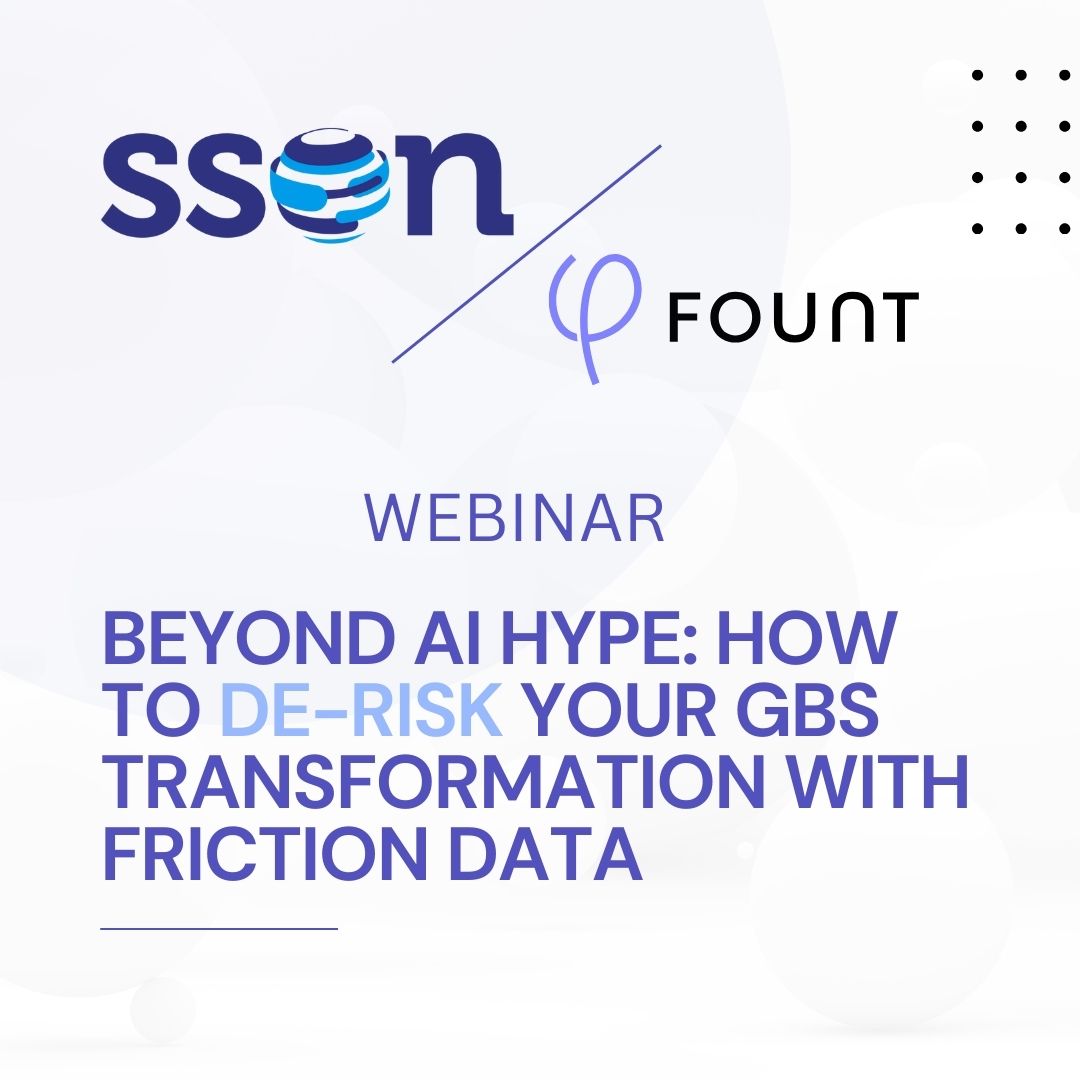
Events
LIVE Webinar – July 9th for SSON Network. Beyond AI Hype: How to De-Risk Your GBS Transformation with Friction Data

Insights
To Create New Value, GBS Leaders Need Different Data
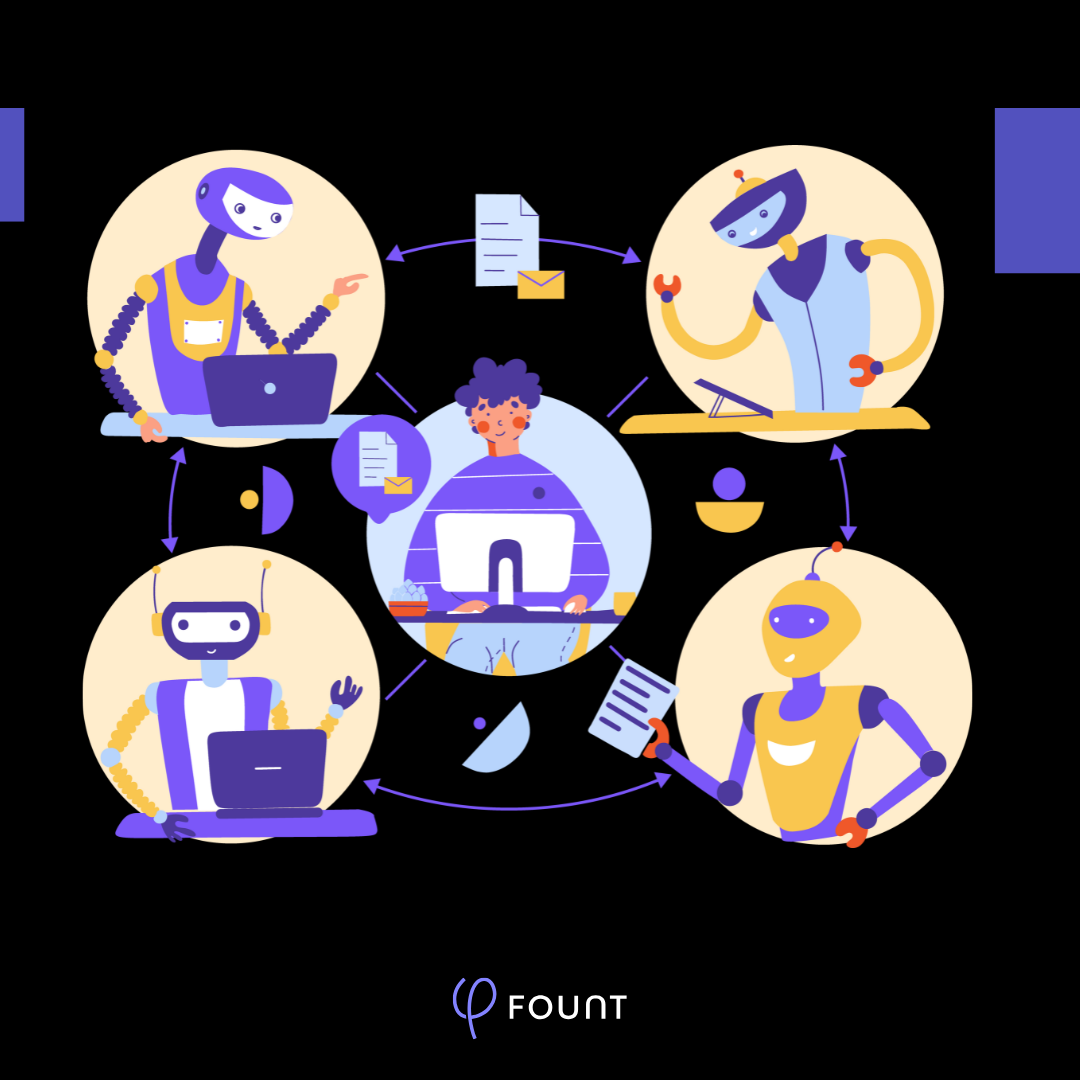
Insights
How to Keep Up with the Latest AI Developments
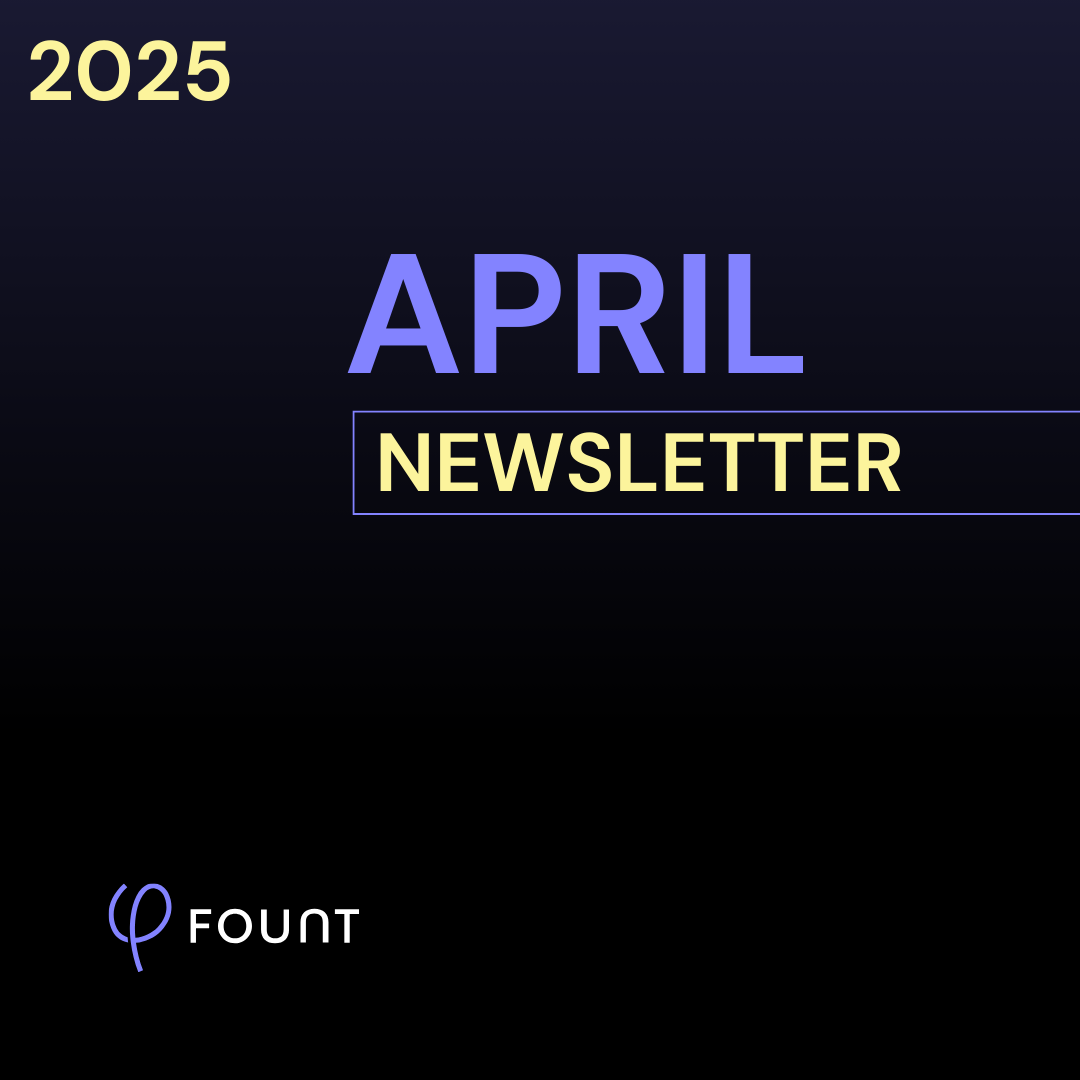
Insights
APRIL Newsletter. Friction: You Can’t Improve What You Can’t See

Guest Post
AI is Reshaping the HR Operating Model: Here’s What 15 Leading Companies Discovered
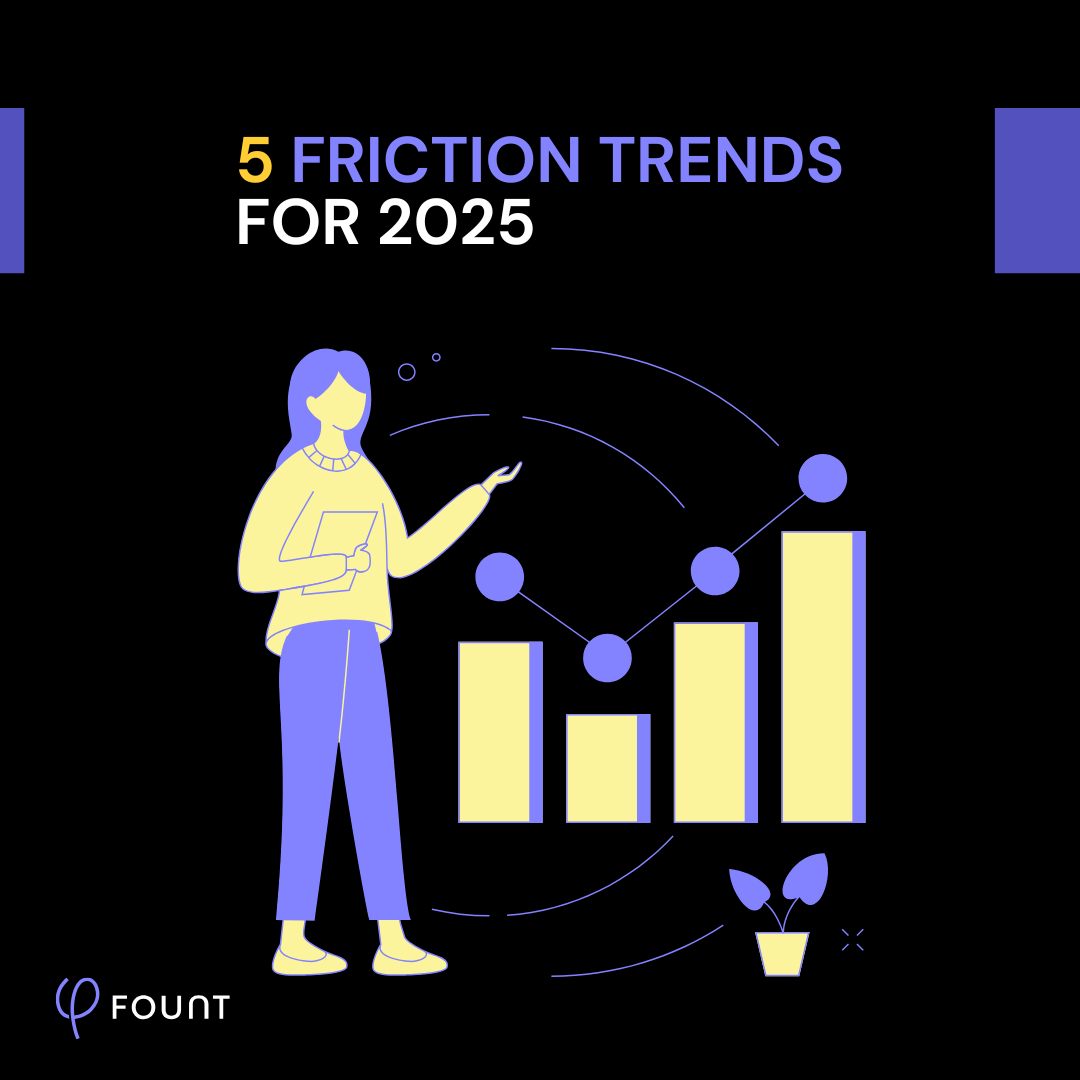
Insights
5 Friction Trends for 2025
Research
WHITEPAPER: Work Friction
